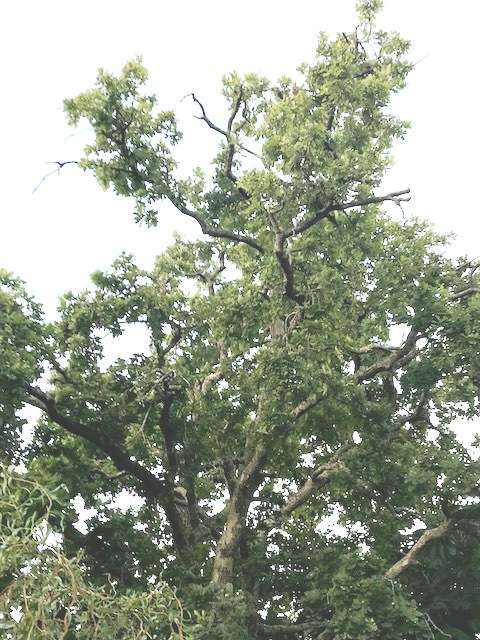There seems an order among all things. Whether it’s the value of rare metals, or the cost of houses, or the price of cars, there is a ranking, a pecking order, a hierarchy. Sometimes the order does not relate to intrinsic value; thinking about paintings, there is not such a great difference between the cost of canvas and frames used for various works of art. The difference in value is something attributed, a van Gogh might have been painted on indifferent canvas and framed in a plain wooden frame, but it will be worth many multiples of a work by an amateur artist on similar canvas with a similar frame. Ranking is as much subjective as a reflection of actual worth.
Growing up in rural Somerset, the trees across Sedgemoor were predominantly withies, the willow trees that grew at the sides of the ditches that drained the low lying, peaty ground. In the village, there was a greater variety, horse chestnut and beech trees grew on village greens; there was an ash tree at the edge of the school playing field; before being destroyed by disease, elm trees grew in a line behind the Dutch barn at the home farm; orchards were filled with various sorts of apple. What we lacked were majestic oaks of the sort to be found in places like Surrey.
Oaks had an almost mythical place in people’s thinking. In Somerton, the Royal Oak pub was a reminder that Charles II had hidden in an oak tree as he fled from the forces of Oliver Cromwell after defeat at the Battle of Worcester in 1651. The Restoration of the monarchy in 1660 was commemorated with the observance of Oak Apple Day on 29th May each year, a public holiday that was kept for two hundred years until its abolition in 1659.
Oaks had that royal association and they had a naval association. Hearts of Oak was the march of the Royal Navy. The great ships like Nelson’s HMS Victory were built from oak. Oak had a sense of sturdiness, solidity, even majesty. The elm and the ash, the horse chestnut and the willow, none of them had the dignity of the oak.
Passing years have brought encounters with oaks that were less than majestic, gnarled and knotted specimens that grew crookedly and would not have provided much timber for building anything, let alone great sailing ships. There are oaks clinging to river banks, oaks holding on to rough hillsides, oaks battered by storms, growing sideways in the wind. No king would have found refuge in such trees. There are fine oaks and there are oaks that are not so fine, being disappointed at their absence from the village is as subjective as any other ranking activity.


